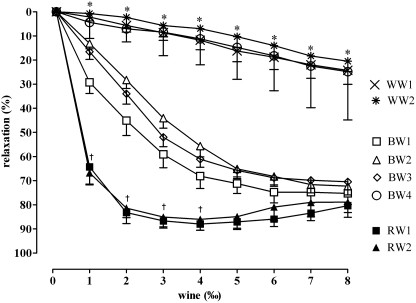Drawtex, a hydroconductive dressing, has gained recognition for its unique ability to manage wound exudate and promote healing. But how does it compare to other wound dressing options? This article explores various dressing types, their properties, and clinical applications to help you understand what alternatives might be comparable to Drawtex.
Understanding Wound Dressing Categories
Wound dressings are broadly categorized based on their function and interaction with the wound environment. Choosing the right dressing depends on matching wound characteristics with dressing capabilities. Three primary goals guide dressing selection:
- Autolytic Debridement: Facilitating the body’s natural process of removing dead tissue.
- Moisture Management: Maintaining an optimal moisture balance for healing.
- Bacterial Load Control: Preventing or managing infection.
Exploring Wound Dressing Options
Let’s delve into specific dressing types and compare their characteristics:
Traditional Dressings: Gauze and Impregnated Gauze
- Gauze: Widely available, inexpensive, and absorbent. Can be used for packing wounds or as a secondary dressing. However, it can adhere to the wound bed, causing trauma upon removal. It also offers limited bacterial protection.
- Impregnated Gauze: Infused with substances like petroleum or iodine to reduce adherence and provide some antimicrobial action. Offers moderate occlusion and moisture retention. Still, it may not be suitable for heavily exudating wounds.
Moisture-Balancing Dressings
- Transparent Films: Thin, adhesive sheets permeable to oxygen and water vapor but impermeable to bacteria and water. Ideal for superficial wounds with minimal exudate. Not suitable for infected or heavily draining wounds.
- Foams: Highly absorbent dressings ideal for moderate to heavily exudating wounds. Provide thermal insulation and cushioning. May not be suitable for dry wounds.
- Hydrogels: Composed mostly of water, these dressings donate moisture to dry wounds, promoting autolytic debridement. Require a secondary dressing and are not suitable for heavily draining wounds.
- Hydrocolloids: Form a gel upon absorbing exudate, maintaining a moist wound environment. Provide autolytic debridement and some bacterial protection. Not recommended for heavily draining or infected wounds.
Highly Absorptive Dressings: Alginates and Hydrofibers
- Alginates: Derived from seaweed, these dressings are highly absorbent and form a gel upon contact with wound fluid. Suitable for heavily exudating wounds, including infected wounds.
- Hydrofibers: Composed of carboxymethylcellulose, these dressings absorb exudate and form a gel. Similar to alginates in function and indications.
Specialized Dressings
- Hydroconductive Dressings (Drawtex): Utilize capillary action to wick away exudate and debris. Highly absorbent and can manage a wide range of wound types.
- Oxidized Regenerated Cellulose and Collagen: Promote hemostasis and wound healing. Bioabsorbable and can stimulate fibroblast activity.
- Silicone Dressings: Primarily used for scar management. Help soften and flatten hypertrophic and keloid scars.
- Silver Dressings: Provide antimicrobial action against a broad spectrum of bacteria. Available in various dressing formats.
- Polyhexamethylene Biguanide (PHMB) and Honey Dressings: Offer antimicrobial and wound healing properties.
- Iodine Dressings: Provide broad-spectrum antimicrobial action. May be cytotoxic at high concentrations.
- Charcoal Dressings: Primarily used for odor control in malodorous wounds.
- Negative Pressure Wound Therapy (NPWT): Applies negative pressure to the wound bed to remove exudate and promote healing.
Conclusion: Finding a Comparable Dressing
While Drawtex offers unique advantages in exudate management, several alternative dressings can be considered depending on the specific wound characteristics. Alginates and hydrofibers offer comparable absorbency for heavily exudating wounds. Foam dressings can also manage moderate to heavy exudate. For wounds requiring antimicrobial action, silver, PHMB, honey, or iodine dressings may be suitable. Ultimately, the choice of dressing should be based on a thorough wound assessment and consideration of the individual patient’s needs.
